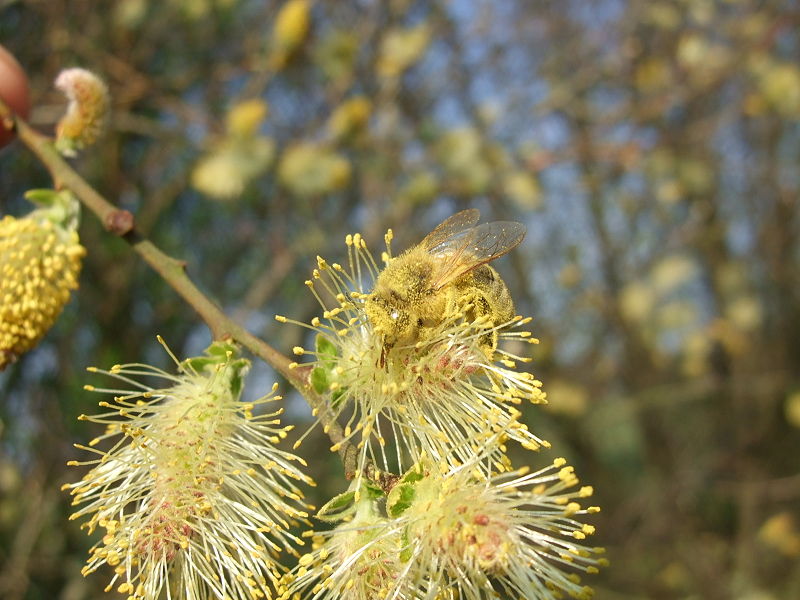
Tree Top Guide - English Yew
Botanical name : Taxus baccata
Common names : Yew, English Yew, European Yew

Physical appearance : A small to medium sized tree, growing up to a maximum of 28 metres in height. It can have a trunk size of between two and four metres. It has fairly thin scaly brown bark which can be peeled off in smal flakes. It has flat, dark green leaves of between 1 and 4 centimetres in length. The leaves are similar looking to flattened out pine needles and are approximately 2-3mm in length and are arranged symmetrically in a spiral layout, along the stem. The Yew produces berry like structures called arils. These contain the Yew's seeds which are generally propagated by birds, having once passed through their disgestive system. The Yew can live up to 2000+ years although 500-600 years is far more common.

Where to find : Common throughout Europe and the UK. Yew's are often found in woodlands, church yards and cemeteries. Small This is due to their association with the spiritual world and (most likely) the toxicity of their leaves (which would discourage people from allowing their animals to graze). Yew are also often used as decorative plants for hedgerows etc.

Uses : For many years, the Yew was valued, particularly in England, as an ideal wood for making English longbows. Yew wood is extremely tough and flexible, making it ideal for bow making. Due to its chemical make up, yew woods is very resistant to rotting and insects which can also be a useful property.
Above - Door of the Chapel in a Norman yew.
Toxicity : The wood, bark, leaves and seeds of the Yew are extremely poisonous. Thoughout ancient history, an extract made from Yew was used as a means of efficating suicide. This can be traced back to Roman times and even further back. There is some evidence to suggest that a poison was extracted which could be smeared on arrow and spear heads to add lethality.
Even the Yew tree's pollen is fairly toxic and can trigger allergic reactions, even in someone who does not generally suffer from hay fever may experience symptoms, if they breathe in lots of Yew pollen. Symptoms of Yew poisoning include : difficulty breathing, irregular and accelerated heart beat, muscle tremours, impaired circulation, stomach pain, headache, dilated pupils, vomiting, collapse and eventually cardiac arrest. Worryingly, there may be no physical symptoms manifest until it is too late. Please don't be too alarmed - a person would have to ingest a fairly large quantity of Yew for serious harm to be an issue. However, this does not apply to cattle. Horses, in particular, seem to be verry voulnerable to Yew poiosoning. The seeds and leaves seem to be the most poisonous/toxic parts of the Yew.
In case of poisoning, ring the medical services and seek treatment as soon as possible. Important questions you should be ready to answer ; age, weight and sex of victim, amount of matter ingested, length of time from ingestion, previous medical conditions e.t.c.
Please note - Many trees and plants look similar. If you are planning to consume any plants or derivatives thereof, please ensure you know what you are picking so as to not accidentaly poison yourself or others!

Above - Yew seeds once they have been removed from the fruiting body.
Images courtesy of Archaeodontosaurus, Emgaol, SB Johnny, Gerard Janot, and Lamiot via Wikipedia Creative Commons Attribution



